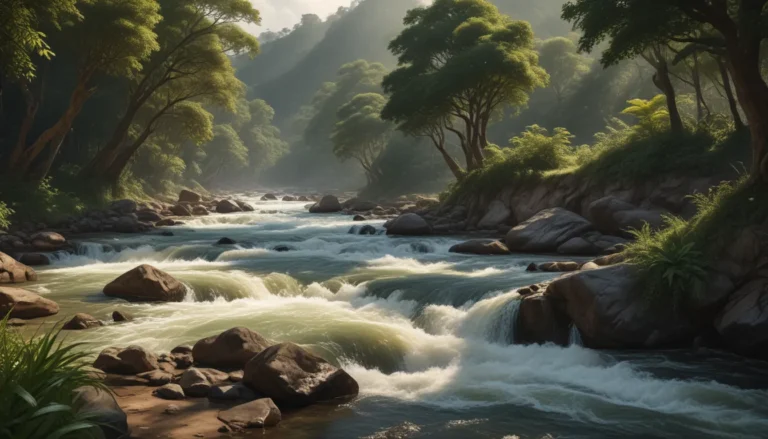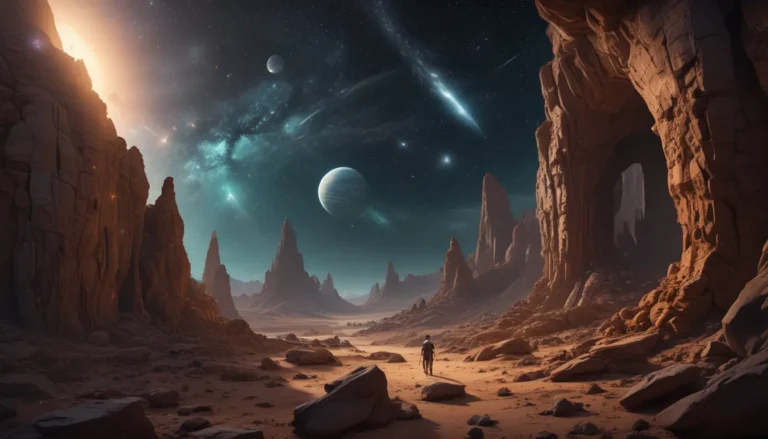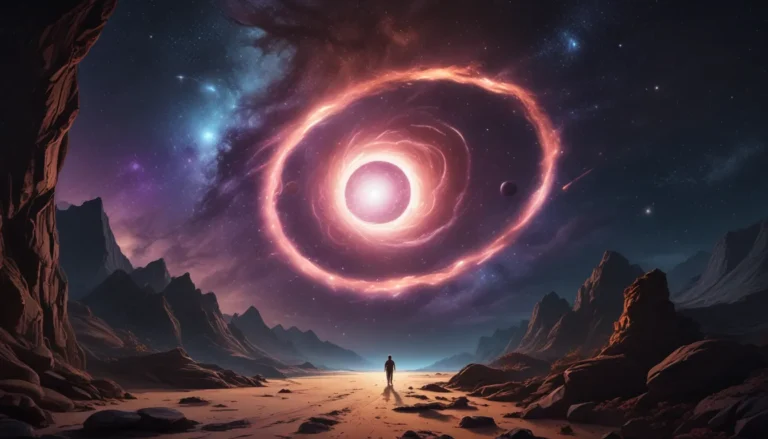The pictures we use in our articles might not show exactly what the words say. We choose these pictures to make you interested in reading more. The pictures work together with the words but don’t take their place. The words still tell you the important facts.
Planet Earth is not the only celestial body graced with the fiery presence of volcanoes. From the towering shield volcanoes of Mars to the icy cryovolcanism on moons like Enceladus, planetary volcanism is a fascinating phenomenon that shapes landscapes and potentially creates unique habitats for life forms beyond our wildest imagination. Join us on a journey through the volcanic wonders of our solar system and beyond as we unravel the mysteries of planetary volcanism.
Exploring the Diversity of Volcanic Activity in the Cosmos
Planetary volcanism extends far beyond the boundaries of Earth, making its presence known on various celestial bodies throughout our cosmic neighborhood. Volcanoes have been discovered on planets such as Mars and Venus, as well as moons like Io, Enceladus, and Triton. This revelation hints at the shared geological processes that give rise to volcanism across different worlds, showcasing the universal nature of this captivating phenomenon.
Unveiling the Majesty of Extraterrestrial Volcanoes
While Earth boasts its fair share of impressive volcanoes, some of the most awe-inspiring volcanic activity can be witnessed on other planets. Take, for example, Olympus Mons on Mars, the largest volcano in the solar system with a height of nearly 13.6 miles and a diameter of around 370 miles. This colossal shield volcano dwarfs even the largest volcano on Earth, Mauna Loa in Hawaii, by a factor of 100. Such monumental structures serve as a testament to the immense power and grandeur of planetary volcanism.
Environmental Impacts of Volcanic Activity in the Cosmos
The eruption of volcanoes not only shapes the landscapes of celestial bodies but also has a significant impact on their atmospheres. Just as on Earth, volcanic eruptions on other planets release gases and particles into the air, influencing the climate and environmental conditions of these distant worlds. From greenhouse gas emissions to temporary cooling effects caused by volcanic ash, the aftermath of volcanic activity plays a crucial role in shaping the atmospheres of celestial bodies throughout the cosmos.
Delving Into the Frozen Realms of Cryovolcanism
Not all volcanoes spew molten rock; some celestial bodies exhibit cryovolcanism, a unique form of volcanic activity involving the eruption of icy materials. Moons like Enceladus and Triton showcase this phenomenon through the eruption of geysers composed of water vapor and volatile substances from beneath their icy surfaces. Cryovolcanism provides valuable insights into the geological properties of these frozen worlds and the potential existence of subsurface oceans teeming with life.
Unearthing the Geological Treasures Birthed by Volcanic Activity
The volcanic landscapes of other celestial bodies offer a treasure trove of unique geological features waiting to be discovered. On Venus, vast volcanic plains called "coronae" dot the surface, formed by massive volcanic eruptions that reshape the terrain. Meanwhile, Io boasts intricate volcanic calderas, lava lakes, and sulfur-rich terrains born from constant volcanic activity, creating a dynamic and vibrant landscape unlike anything found on Earth.
The Quest for Life in Volcanic Environments Beyond Earth
Volcanic environments, with their extreme conditions and chemical compositions, hold the potential to harbor life forms beyond our planet. Hydrothermal vents associated with underwater volcanism on icy moons and the volcanic activity on Mars offer glimpses into the possibility of microbial life thriving in these harsh ecosystems. The volcanic landscapes of other celestial bodies may hold the key to unlocking the mysteries of extraterrestrial life forms.
Unveiling the Spectacle of Volcanic Eruptions and Geysers
In addition to explosive volcanic eruptions, some planetary volcanoes exhibit geyser-like activity that adds to the awe-inspiring spectacle. For instance, the plumes erupting from the south pole of Enceladus originate from subsurface water reservoirs that periodically erupt through cracks in the icy surface, offering valuable insights into potential habitable environments on distant moons. These geysers provide a window into the dynamic nature of volcanic activity across the cosmos.
The Transformative Power of Volcanism in Shaping Planetary Landscapes
Volcanic activity is a dynamic force that sculpts the ever-changing landscapes of celestial bodies, from planets to moons and beyond. Eruptions, lava flows, and the subsequent weathering of volcanic materials leave their mark on the surfaces of worlds, creating a tapestry of unique features that tell the geological history of our cosmic neighborhood. Understanding the role of volcanism in shaping planetary landscapes is essential for unraveling the enigmatic stories hidden within these celestial bodies.
In Conclusion: A Window Into the Cosmic Cauldron of Planetary Volcanism
Planetary volcanism is not just a scientific curiosity; it is a gateway to understanding the geological processes at work across the vast expanse of our universe. By studying volcanic activity on other celestial bodies, we gain valuable insights into planetary evolution, the presence of water and volatile substances, and the potential for habitability beyond Earth. From the towering volcanoes of Mars to the icy geysers of Enceladus, the exploration of planetary volcanism offers a glimpse into the diverse and dynamic worlds that populate our celestial neighborhood.
FAQs: Navigating the Depths of Planetary Volcanism
-
What is planetary volcanism?
Planetary volcanism refers to the volcanic activity occurring on planets, moons, and other celestial bodies in our solar system and beyond. It involves the eruption of molten rock (magma) onto the surface, often accompanied by the release of gases and other volcanic materials. -
Which celestial bodies exhibit volcanic activity?
Volcanic activity has been observed on several celestial bodies, including Earth, Mars, Venus, Io, Enceladus, and Triton, among others. -
What can we learn from studying planetary volcanism?
Studying planetary volcanism provides valuable insights into the composition, geological processes, and history of celestial bodies. It helps us understand the presence of water, the composition of the atmosphere, and the potential for habitability on other planets and moons. -
How does planetary volcanism shape the surface features?
Volcanic activity can create various surface features, such as shield volcanoes, stratovolcanoes, lava plains, and calderas. The type of volcanic eruption, the composition of the magma, and the geological conditions of the celestial body determine the specific features that are formed. -
Are there different types of volcanic activity?
Yes, there are different types of volcanic activity, including effusive eruptions, explosive eruptions, and cryovolcanism, each showcasing the diverse and dynamic nature of volcanic phenomena across the cosmos.
Join Us on a Journey Through the Mysteries of Planetary Volcanism
As we embark on this captivating exploration of planetary volcanism, we invite you to join us in unraveling the secrets hidden within the fiery depths of celestial bodies beyond Earth. From the towering volcanic structures of Mars to the icy geysers of Enceladus, each discovery offers a glimpse into the dynamic forces shaping our cosmic neighborhood. Together, let's delve into the wonders of planetary volcanism and uncover the profound insights it provides into the geological tapestry of our universe.






